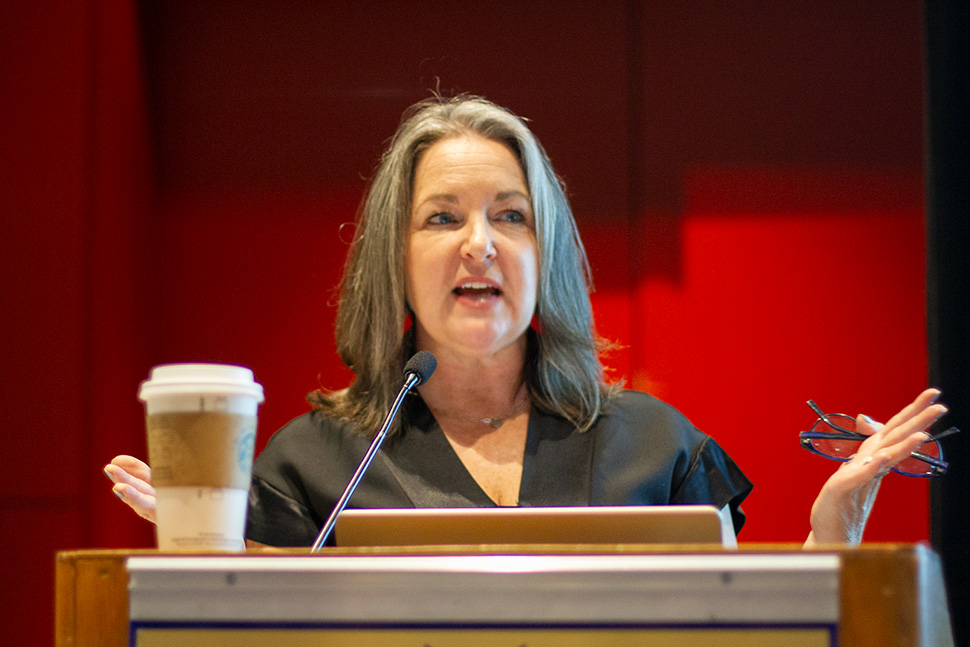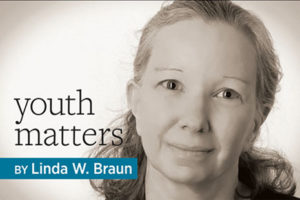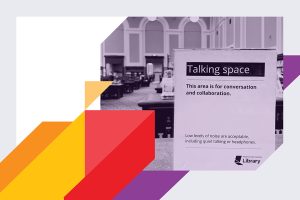
“I believe libraries are at an inflection point right now,” said Melanie Huggins, executive director of Richland Library in Columbia, South Carolina.
Huggins co-presented with Patrick Quattlebaum, CEO of Harmonic Design, an Atlanta-based service design company, at “Leadership by Design: A Human-Centered Approach for Library Leaders,” a June 25 session of the American Library Association’s (ALA) 2023 Annual Conference and Exhibition in Chicago.
Library leaders across the country—new and seasoned alike—are facing increasingly complex community challenges, from providing more teen mental health services to assisting families facing eviction to seeking more services for the unhoused.
“That’s where service design comes in,” Huggins said. In fact, the pandemic has allowed for “a grand opportunity to rethink the way we do everything.”
The pandemic provided the opportunity for Huggins and her team to develop the Library as Studio framework for library design. Its guiding principles are to “learn, create, and share,” and it aims for a holistic reimagining of people, technology, spaces, partnerships, materials, and services.
“Libraries are in the business of solving problems,” Huggins said. Quattlebaum agreed: “Libraries are about collective service.” The approach to this purpose-driven work can be malleable, he said, evolving and transforming to address systemic issues and “to play your role constructively.” This same approach can be applied internally as well, looking at staff members’ experiences.
He cited five principles at the heart of service design:
- human centered: building empathy and understanding, turning insights into action, and framing opportunities and solutions from the human perspective
- co-value: engaging people to learn what they value, defining clear and compelling value propositions, and designing for experience
- co-created: identifying service actors, engaging them to design the service, and inviting them to create great moments together
- holistic: understanding needs of all people and designing end-to-end experiences and service delivery as a cohesive value system
- orchestrated: designing together across functional areas, connecting dots, and testing, learning, and improving
For example, Quattlebaum said, a service design approach for a library over time could begin with monitoring and framing around an issue, followed by exploring and identifying, then ideating and visualizing. After that, the library can prototype and envision by creating and testing concepts, followed by experimenting, refining, and finally optimizing.
It’s about asking “how we get to the outcomes we want to get to,” he said, “versus doing the processes and the technologies and then finding out what people are actually experiencing.” In other words, “you’re working from the outside in.”
To implement these changes, Quattlebaum said, it takes great leadership, vision, and a strong strategic framework. “It’s changing the way you work,” he said. “And it changes mindsets,” which is why it should be included as a strategic priority, and leaders should work with others in an organization to see how these changes may fit within each individual area.
Huggins acknowledged that many organizations struggle to provide every service to every person, which is untenable.
“We care so deeply about everyone who walks in the door,” she said, but “you have to really define who your target audience and customer is and what their goals and motivations are that you’re trying to help achieve.”
Every time Richland Public Library develops a program, for instance, Huggins said she tries to imagine what visitors are thinking, feeling, and doing. She and her team have also taken the same approach with their board. And that’s the point of libraries, she said: convening a group of diverse people and “giving them the tools to collaborate, think creatively, to make their community a better place to live.”


